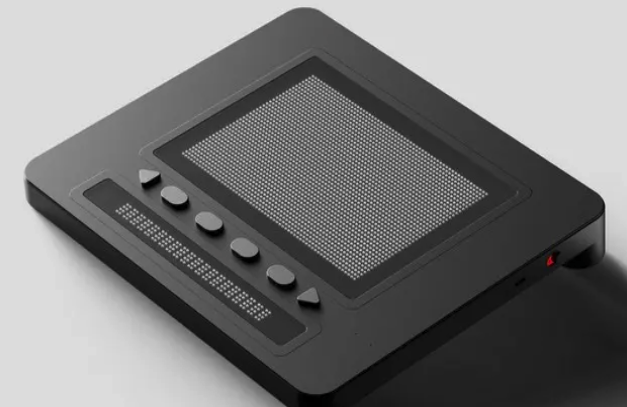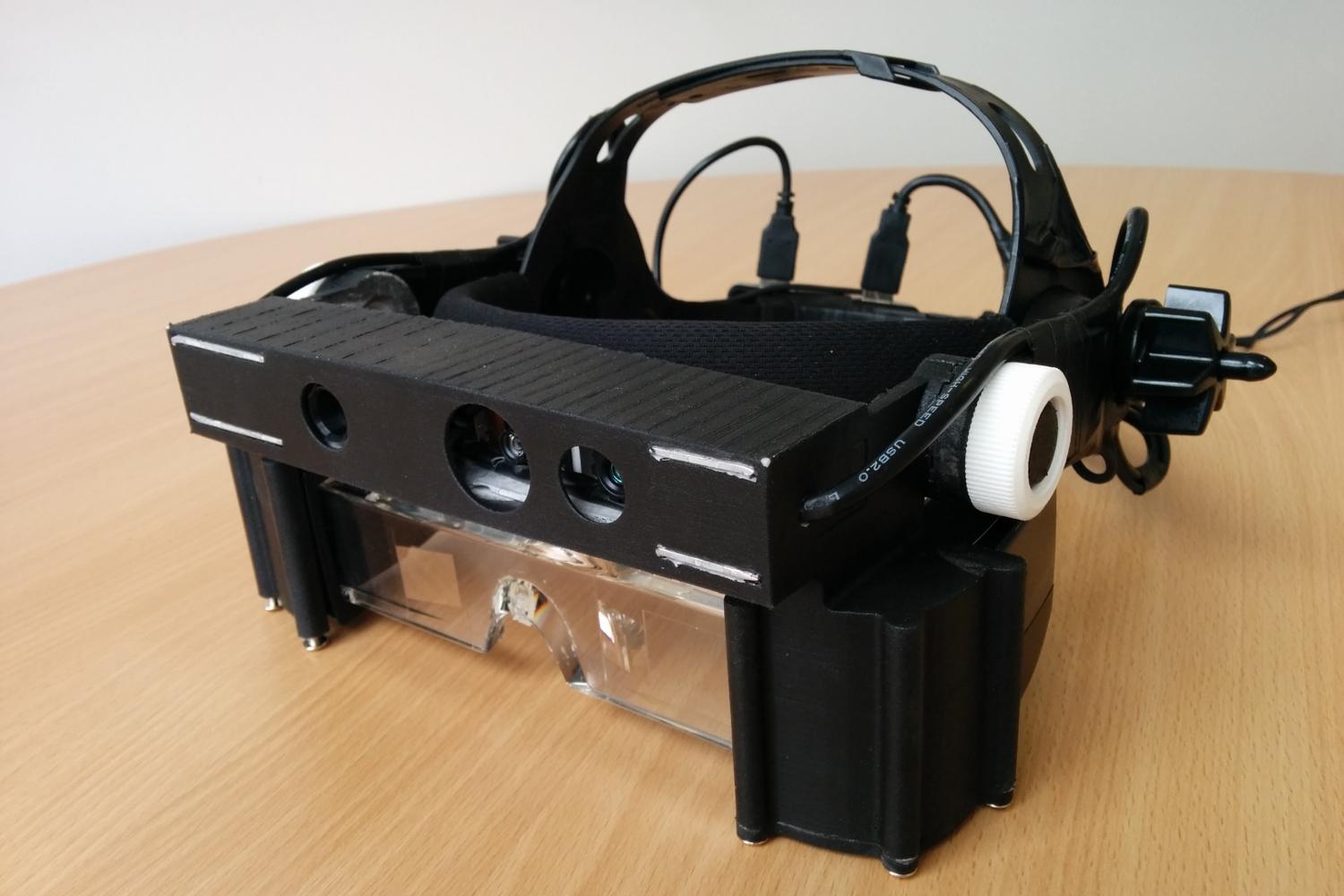Empowering Self-reliance With Assistive Innovation for the Blind
The assimilation of assistive modern technology right into the lives of individuals with visual impairments represents a substantial improvement in advertising self-reliance and self-sufficiency. From ingenious screen visitors to advanced clever walking canes, these tools not just enhance daily navigating and communication yet likewise equip individuals to engage meaningfully in various elements of life. As we check out the myriad benefits and real-world applications of these technologies, it becomes important to take a look at the underlying factors that add to their effectiveness and the possibility for future developments in this important field.
Introduction of Assistive Innovation

The advancement of assistive innovation is based in principles of inclusivity and empowerment. Advancements in software application, hardware, and sensory enhancements provide individuals with alternatives customized to their certain requirements. From screen visitors that convert text to speech, to tactile tools that share information through touch, these tools transform the method people involve with their surroundings.
In enhancement to sensible applications, assistive innovation cultivates better social incorporation and engagement in different markets, consisting of education and work (AI-powered visual aids). As r & d remain to progress, the possibility for assistive modern technology to further improve the lives of visually damaged people stays promising, leading the means for a much more equitable culture where everyone can flourish
Kinds of Assistive Instruments
A range of assistive devices have arised to support people with visual problems, each made to fulfill certain demands and enhance everyday performance. These tools range from low-tech remedies to modern developments, providing diverse choices for individuals.
Low-tech gadgets consist of magnifiers and large-print products that aid in reading and writing. Braille tools, such as Braille stylus pens and slates, enable tactile analysis and interaction. Positioning and movement help, like white canes, assist users browse their environment safely.
On the higher end of the spectrum, digital zoom systems and screen visitors supply significant support. Digital magnifiers allow individuals to enlarge text and images on displays, while display visitors transform electronic content right into manufactured speech, facilitating access to info on computer systems and mobile phones.
Smart device applications also play a vital function, providing features like text recognition and navigating support. Wearable technology, such as smart glasses geared up with augmented fact, is becoming a promising tool to boost situational awareness.
Benefits of Assistive Innovation
The combination of assistive innovation dramatically improves the top quality of life for individuals with aesthetic impairments. These innovations encourage users by promoting self-reliance, enabling them to browse their settings better and perform daily jobs with greater convenience. Display viewers and magnification software application allow individuals to accessibility digital information, fostering professional and instructional chances that might have formerly been out of reach.
Furthermore, assistive gadgets visit this site such as clever walking sticks and GPS applications provide real-time navigation support, enhancing flexibility and security. This raised freedom not only improves self-esteem yet likewise urges social interaction, permitting users to get involved even more fully in their areas.
Assistive technology likewise facilitates communication, helping individuals link with others with voice recognition and text-to-speech applications. This capability is important for preserving relationships and accessing vital information.
In addition, the customization alternatives offered with lots of assistive modern technologies guarantee that customers can customize devices to their specific requirements, even more enhancing use and efficiency. On the whole, the advantages of assistive modern technology for individuals with aesthetic impairments are extensive, promoting a much more inclusive society where everyone can pursue their desires and objectives.
Instance Researches and Success Stories
Highlighting the transformative influence of assistive innovation, various case researches illustrate just how people with visual problems have actually efficiently incorporated these devices into their every day lives. One engaging example involves an university student who used screen reading software to navigate scholastic materials and on the internet resources efficiently. This technology not just facilitated her education and learning yet likewise enhanced her self-confidence in taking part in conversations and group tasks.
An additional study features a professional who uses a mobile phone application developed for navigation and item recognition. By utilizing this app, he has actually restored freedom in both his individual and workplace, permitting him to commute separately and involve with coworkers better.
Additionally, a senior citizen shared her experience with braille e-readers, which enabled her to access a substantial selection of literary works and stay gotten in touch with her neighborhood via publication clubs.
These success tales emphasize the crucial role of assistive modern technology in fostering freedom, enhancing lifestyle, and promoting social assimilation for individuals with visual problems (Braille displays and notetakers). By accepting these innovative devices, users can get over challenges and take possibilities that add to their expert and personal fulfillment

Future Trends in Assistive Modern Technology
Advancement in assistive modern technology is positioned to redefine the landscape of assistance for people with aesthetic disabilities. Arising patterns highlight the assimilation of expert system (AI) and artificial intelligence, which enhance the capability of gadgets that assist with navigating and details availability. AI-driven applications are currently capable of analyzing visual data in real-time, enabling More Bonuses users to involve with their atmosphere extra separately.
In addition, the growth of wearable modern technology is progressing rapidly. Smart glasses equipped with increased truth (AR) can offer audio descriptions of surroundings, changing just how users engage with public spaces. These tools not just promote autonomy yet likewise foster social addition.
In Addition, the Internet of Points (IoT) is making homes smarter, enabling smooth connectivity in between day-to-day home appliances and assistive gadgets. This connection encourages users by making it possible for automatic responses and voice-activated controls customized to specific requirements.
Conclusion
To conclude, assistive technology plays a crucial function in encouraging individuals with aesthetic problems by boosting their independence and engagement with their environments. The diverse variety of applications and devices offered not just facilitates navigating and communication but also advertises social integration and opportunities for personal and specialist growth. As improvements proceed in this area, the capacity for boosting the quality of life for click to find out more those with aesthetic impairments will increase, cultivating greater autonomy and empowerment.
